In the early stages of North Korea's ballistic missile program, the country mainly adopted Soviet missile technology. Typical examples include the short-range Hwasong-5, 6, and 9 missiles using liquid fuel based on the design of the Scud B and C missiles; the KN-02 and the medium-range Rodong-1 missiles using solid fuel similar to the OTR-21 Tochka missile.
Most of the above missiles are directly derived from previous Soviet designs, except for the Hwasong-9 which is an improved version of the Scud with longer range, higher accuracy and great maneuverability during flight.
Once deployed, the Hwasong-9 put US bases across Japan within range. North Korean missiles were later exported to a number of partners including Pakistan, Syria and Iran.
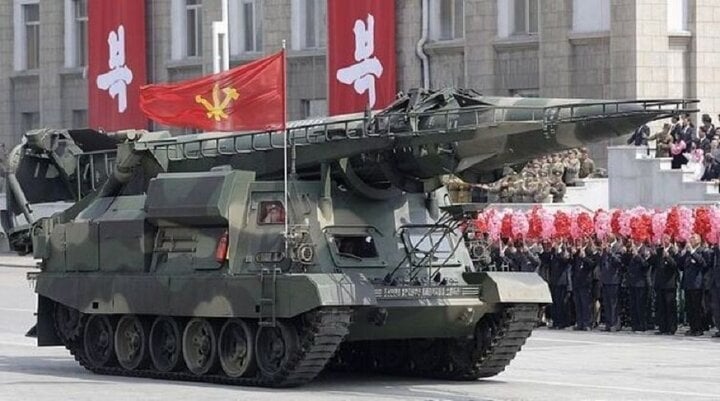
Hwasong-9 ballistic missile on mobile launcher.
Taepodong 2 Program
Throughout the 2000s, Western analysts almost unanimously reported that North Korea had a relatively basic level of technology and was developing an intercontinental ballistic missile based on Soviet Scud technology. The Western designation for this intercontinental ballistic missile was later changed to the Taepodong 2.
In the United States, Central Intelligence Agency Director George Tenet testified before the Senate Armed Services Committee in the late 1990s that North Korea was on track to develop an intercontinental ballistic missile that could strike the United States.
At that time, George Tenet commented that the North Korean defense industry had made strides in technology and they could solve some important technical problems in developing missiles with a wide range of fire, including areas of the United States, although the accuracy was not high.
Referring directly to the Taepodong 2, he stated that the two-stage liquid-fueled missile could carry a larger payload to reach the Alaskan mainland and the Hawaiian Islands. Tenet further predicted that the missile could be developed into a three-stage derivative that could cover the rest of the United States.
George Tenet also said, “ The United States is deeply concerned about North Korea's secret nuclear weapons program and considers North Korea's secret underground facilities to be a prime target for US surveillance .”
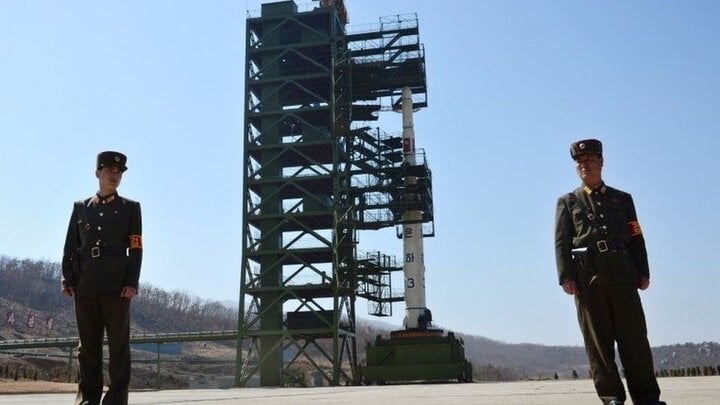
North Korean soldiers stand next to the Unha-3 satellite launch vehicle.
US Ambassador to the United Nations Samantha Power directly mentioned the Taepodong 2 years later when confronting North Korean diplomats. Power accused North Korea of developing ICBM technology. Japanese media also reported in August 2003 that the Taepodong 2 was not only a threat to Tokyo, but that the missile was being shipped to Iran, where North Korea was preparing to transfer a manufacturing plant to assist Iran in producing ICBMs under license.
Although North Korea has long touted its missile capabilities as a symbol of its power, Pyongyang has never unveiled the Taepodong 2 or any missile as described by the West. Military experts who have analyzed the Taepodong 2 program have found that such a missile never existed, that the accusations against North Korea are fictitious, and that it was not until 2017 that North Korea put its first ICBM into service.
The Taepodong 2 is believed to be North Korea's Unha-2 and Unha-3 satellite launch vehicles, used to launch weather observation satellites into space, with versions Kwangmyongsong-2, 3 and 4. The launch vehicles are believed to use engines similar to those of the Rodong missiles, but they cannot be used as combat vehicles.
The Truth About Taepodong 2
Unha rockets carry modest payloads for their size and require days to assemble using vast scaffolding structures, making them extremely vulnerable to enemy attack due to slow deployment times.
Meanwhile, North Korea's ballistic missiles are often highly survivable and are deployed from mobile launchers, with a launch time of just a few minutes. This capability includes all types of ballistic missiles from older generation tactical missiles such as the Hwasong-5, to newer, larger ICBMs such as the Hwasong-17.
Regarding the Unha launchers' inability to be used in combat, aerospace expert and North Korea missile program analyst John Schilling asserted: “ An intercontinental ballistic missile (ICBM) using the Unha design is not in Pyongyang's plans . ”
At first, we mistook that missile (from satellite photos) for an ICBM and gave it the fancy name Taepodong-2. But the Unha is clearly not optimized for military use; it's too big and cumbersome.
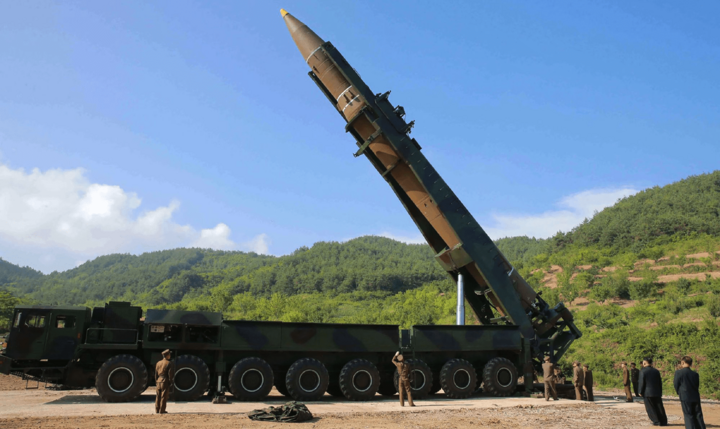
ICBM Hwasong-14 on transporter launcher.
However, allegations that North Korea is testing an ICBM, rather than pursuing a peaceful space program, are a valuable excuse for Western powers to push for further economic sanctions to weaken the country.
It was not until the late 2010s that the US Department of Defense reported that the Taepodong-2 had never been deployed as a missile, and Western analysts also reported that the Unha space launch vehicle had never actually been used for military purposes.
North Korea is often referred to by Western intelligence as an “intelligence black hole,” so Taepodong 2 is just one of many sensational stories in US foreign policy toward the country.
Le Hung (Source: Military Watch)
Source




![[Photo] Thousands of Buddhists wait to worship Buddha's relics in Binh Chanh district](https://vphoto.vietnam.vn/thumb/1200x675/vietnam/resource/IMAGE/2025/5/3/e25a3fc76a6b41a5ac5ddb93627f4a7a)









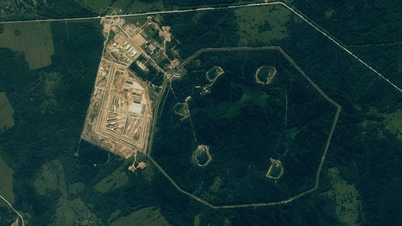

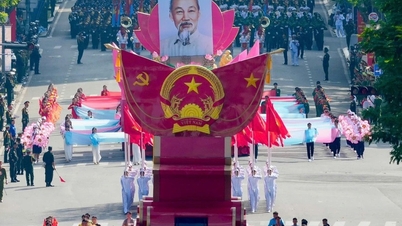
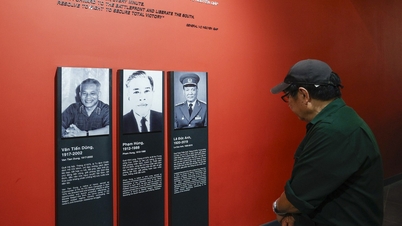


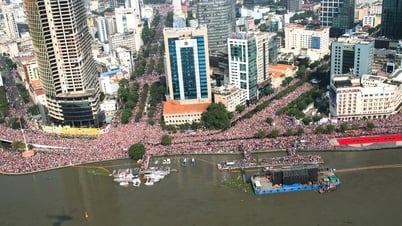




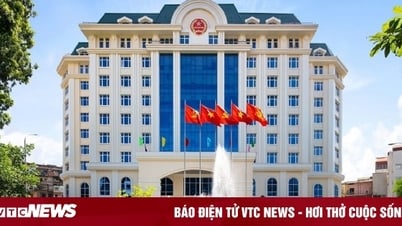















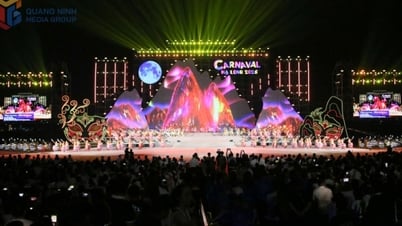



















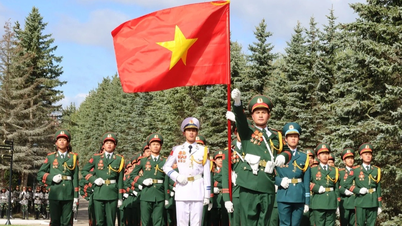

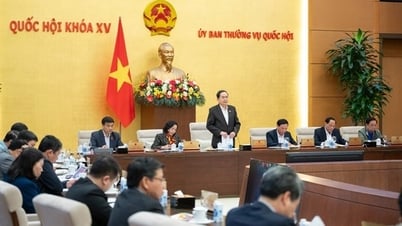




















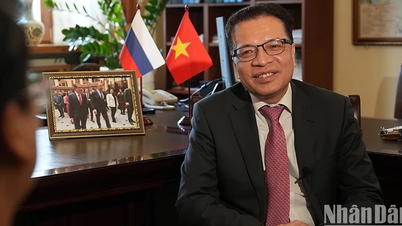











Comment (0)